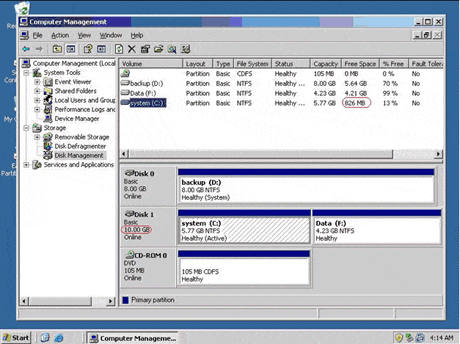

Once Linux is installed, you can boot into it like you would any other operating system. Follow the prompts to install Linux on the VHD.

Boot from the live CD/USB and select the “Install to virtual hard disk” option. To install Linux on a VHD, you’ll need to use a live CD or USB drive. Once you have a VHD, you can attach it to a virtual machine or mount it in Windows. You can create a VHD with Windows Disk Management or a third-party tool.

This is similar to installing it on a real hard disk, but all the files are stored in a single file. You can use VirtualBox, VMware, or Hyper-V as your virtualization software.Īnother option is to install Linux on a virtual hard disk (VHD). If you want to install Linux inside Windows, one option is to use a virtual machine.


 0 kommentar(er)
0 kommentar(er)
